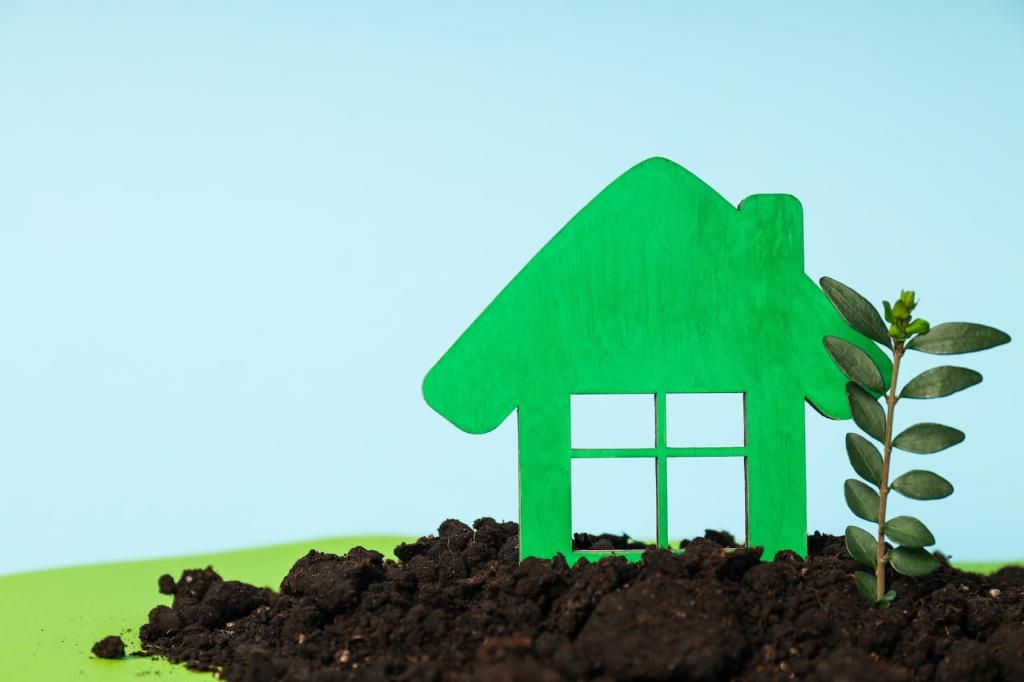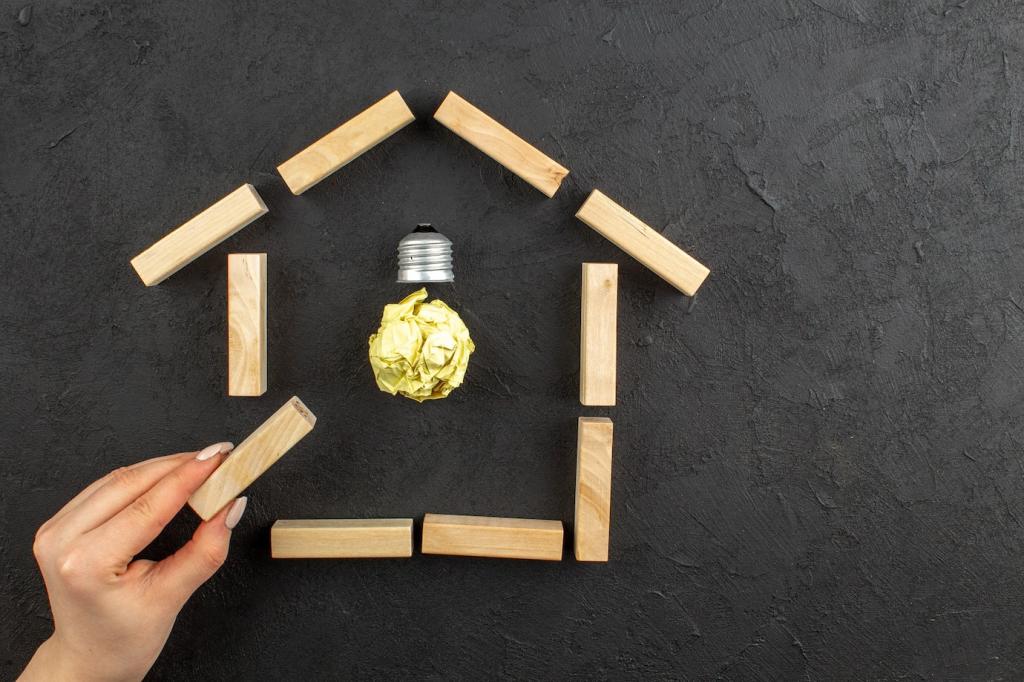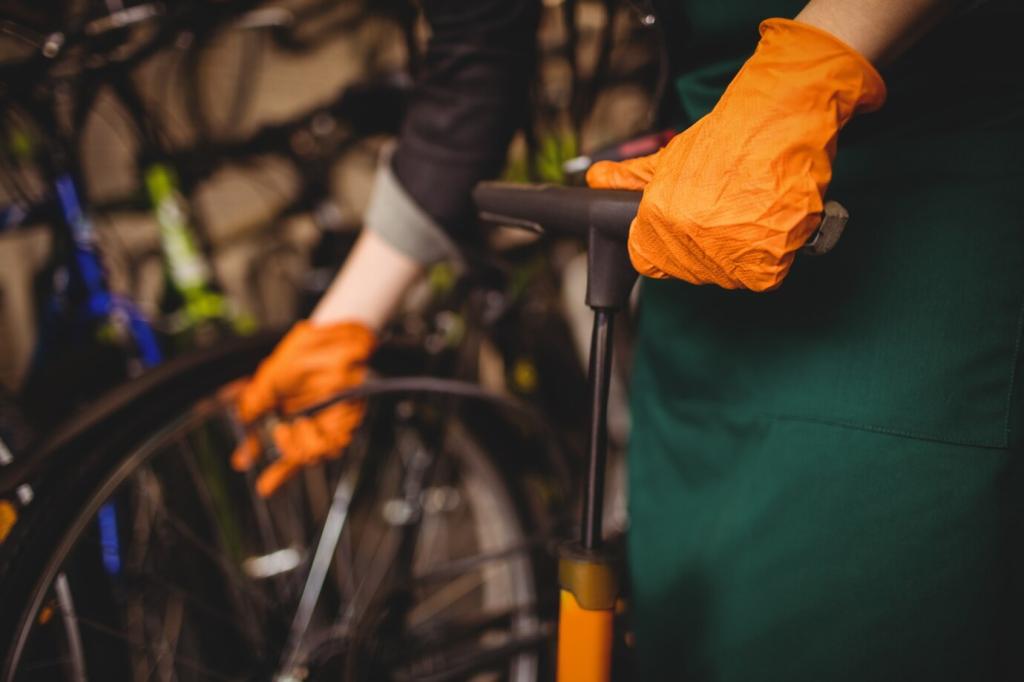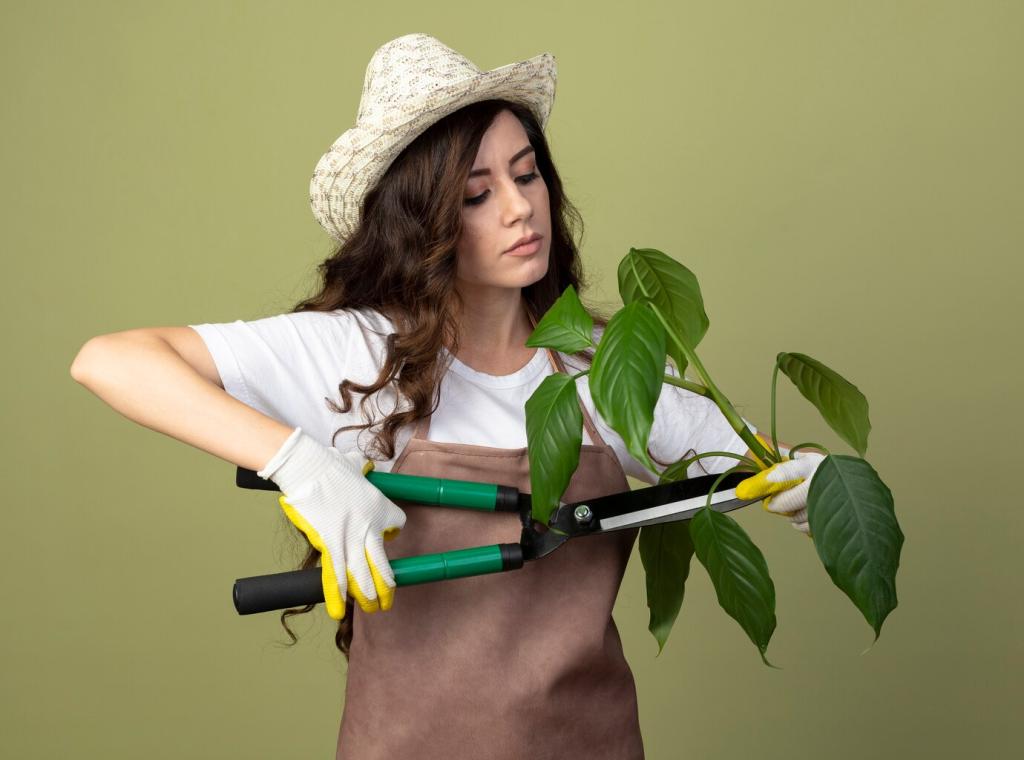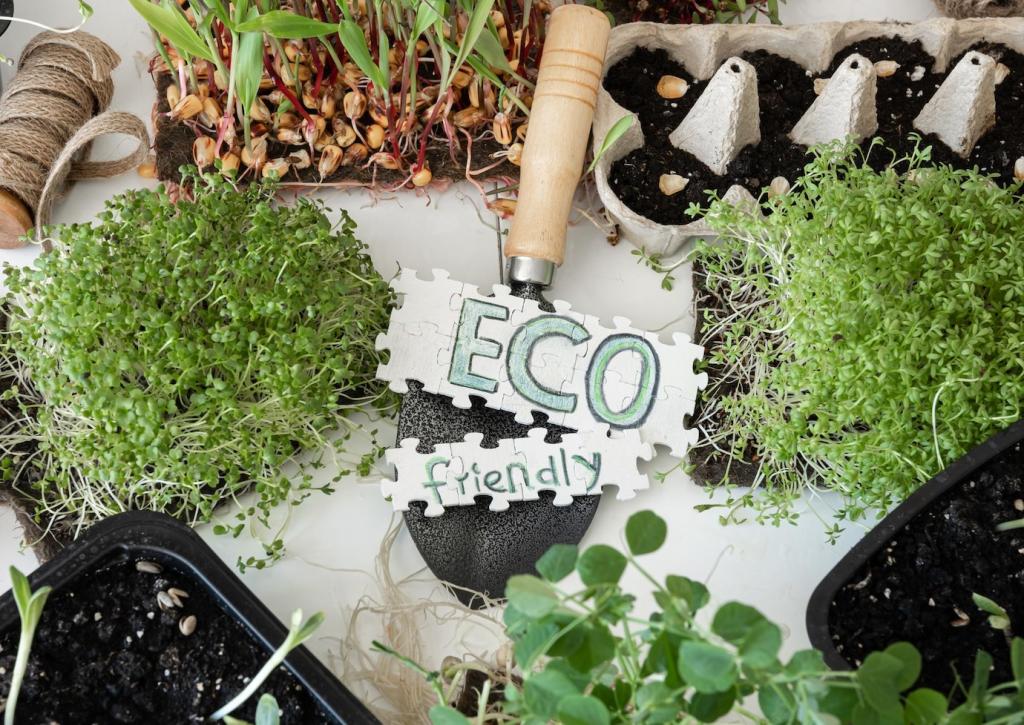Sourcing Parts and Materials Responsibly
Check architectural salvage yards, deconstruction centers, or neighbors’ offcut bins for species matches. If buying new, seek FSC-certified stock. Have you had luck matching grain from old drawer bottoms? Share sources that respect forests while completing your repair flawlessly.
Sourcing Parts and Materials Responsibly
Vintage hinges, screws, and pulls can be cleaned with mild acid solutions or waxed to retain patina. Keep a labeled hardware jar system by size and era. Which salvage shops or online swaps treat you fairly? Recommend them to help others shop greener and smarter.

